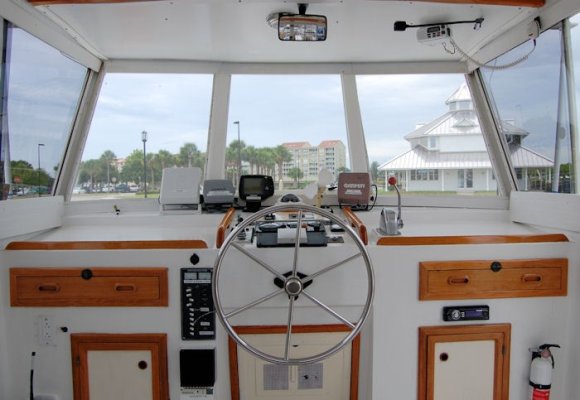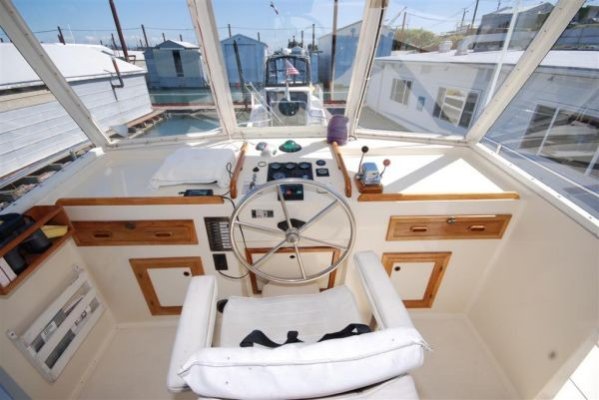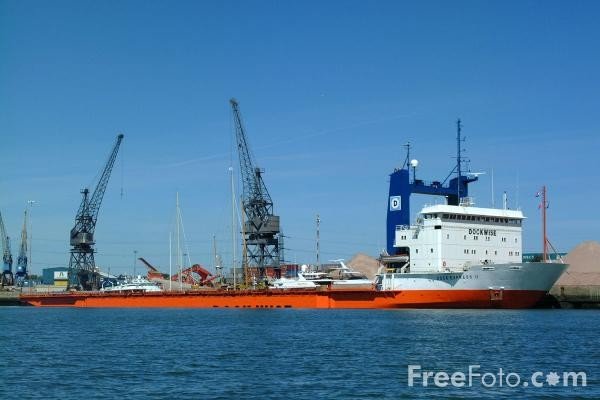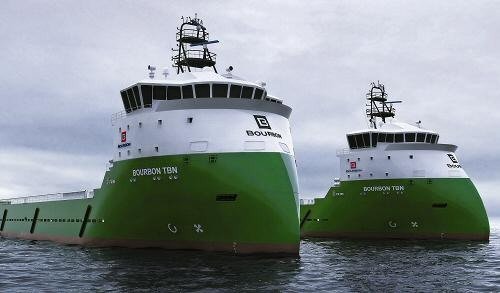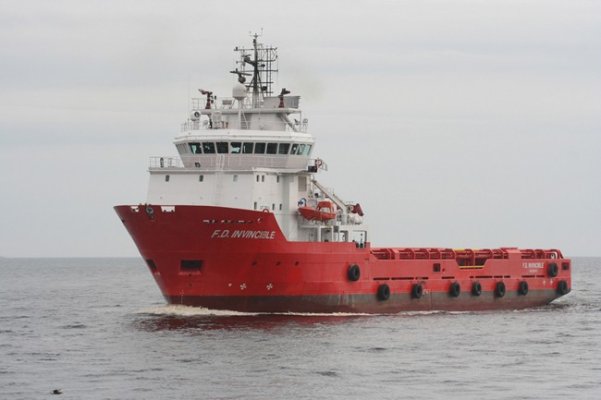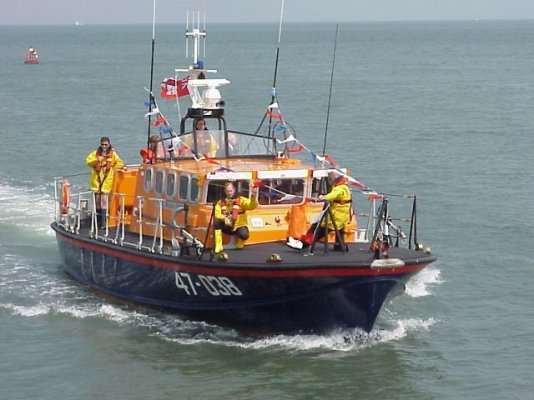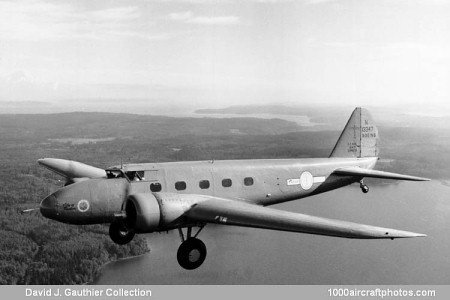healhustler
Guru
- Joined
- Oct 2, 2009
- Messages
- 5,198
- Location
- USA
- Vessel Name
- Bucky
- Vessel Make
- Krogen Manatee 36 North Sea
I don't mind vertical windows.* A lot of boats look very good with them.* It's the forward-slanted windows that I think look stupid on boats like ours.* I understand the reasoning behind them but nobody's gonna be taking a SeaSport or an American Tug*or whatever from California to New Zealand except on the back of a freighter.* That's why we call them wannabe windows.sunchaser wrote:Vertical windows ? Nah, you don't need them until you start shipping water. Then they are great, gravity works.
__________________
C. Marin Faure
"La Pérouse"
1973 GB36-403 (grp)
Bellingham, WA
--------------------------------------------------------------------------------------------------------------------------------
I never thought of that, Marin. *Being the owner of one of the few boats that could be ordered with a "North Sea" style pilothouse (wannabee windows), I thought it was function related rather than style. *The Krogen Manatee 36 has got to be one of the most "style challenged" boats ever made, but I'm told that the wannabee windows were ordered principally by vets of the sea rather than the style conscious (I mean, who among the style conscious would ever order a Manatee to begin with).
Since I've been aboard and cruised on both styles, I asked myself what I liked about the wannabee windows over the standard style. *Here's a few of the things I noticed for our "tropical" applications, which may or may not apply to the PNY.
*Side opening windows and ventilation occur forward of the helm position and pilothouse doors instead of behind the helm and pilothouse doors. *Conventional style has no opening side windows forward of pilothouse doors.
* Overhead accessories or controls aren't poking you in the eye. *I'm tall, and the shelf molded into my friends boat with standard configuration hits me right in the forehead.
*With the standard configuration, I couldn't practice my habit of leaning over the wheel to spot pilings as they pass from bow to amidships (collision with windshield).
*Glare from sun and water feel reduced, and here in Miami, the lower exposure to sun and temperature of gauges, controls and the helm area is an obvious benefit.
*Longer roof line makes for a different perception of space in the Pilothouse, and your breath is not fogging the top of your windshield when damp.
*The extra length of the roof allows for easy installation of solar panels (I have four but could do eight) and a host of other accessories.
*Rain and spray blow down the windshield (instead of up).
*No windshield instrument reflection at night. *(Nice on evening cruises or ICW at night).
*Fan defroster can be blown from dash or overhead onto windshield without the windshield angle directing the air into your eyes, and can also be directed sideways to blow moisture out forward side windows.
*With casual use of Rain-ex, wipers are all but a waste, even in spray and headwind.
*Even with regular glass, eye strain in sunlight seems less through windshield than through tinted glass on sides.
AND, a few disadvantages.
*Mast on North-Sea style has to be made higher to run stays to bow pulpit, conventional style doesn't have to overcome the extra forward intrusion of roof.
*Can't eye constellations or stars well from behind wheel. *Much better in conventional style.
*Natural light is better for chart reading with conventional style.
*Perhaps the conventional style has an aerodynamic advantage, not sure about this.
*Style break with North-Sea style??
If you look at the style differences here, you'll see that the angles of the forward leaning vs. the backward leaning styles are pretty extreme, and so the advantages and disadvantage may be more extreme as well. *I know the style is called "North Sea", but we fell in love with the North-Sea version in Hong Kong for its tropical applications. *It never occurred to me that there could be wannabees out there, but such choices would likely never involve a Krogen Manatee anyway. *Interesting subject, by the way. *Thanks for bringing it up.
-- Edited by healhustler on Sunday 9th of January 2011 01:43:40 PM

